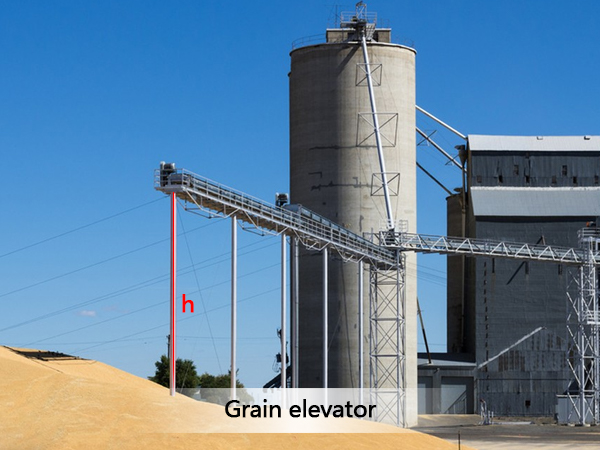How To Use Grain Elevator Laser Ranging Sensor
A grain elevator laser ranging sensor is used to measure the level of grain or other materials in storage bins or silos accurately. This laser ranging module technology is critical for inventory management, ensuring that operators know exactly how much material is stored without needing to manually check levels. Here’s a general guide on how to use a grain elevator laser ranging sensor:
1. Installation
Location: Install the laser ranging sensor at an appropriate height within the grain elevator or silo. The exact position will depend on the specific design and size of your storage facility.
Orientation: Ensure the laser distance sensor is properly oriented to avoid any obstructions from affecting the accuracy of the measurements.
Power Supply: Connect the laser measurement sensor to a power source as specified by the manufacturer.
2. Configuration
Calibration: Calibrate the distance measurement sensor according to the manufacturer’s instructions. Calibration ensures that the industrial distance sensor provides accurate readings relative to the actual depth of the material in the bin.
Settings: Set up any additional settings such as measurement intervals or data logging frequency as required by your operational needs.
3. Operation
Monitoring: Once installed and configured, the industrial laser distance sensor continuously monitors the level of grain or material in the storage bin.
Data Collection: Depending on the model, the accuracy distance sensor may store data internally or transmit it to a remote monitoring system via wired or wireless communication methods.
4. Maintenance
Cleaning: Regularly clean the high accuracy distance sensor to prevent dust and debris from interfering with its operation.
Inspection: Periodically inspect the accuracy laser distance sensor for any signs of damage or wear that could affect its performance.
Calibration Checks: Conduct periodic calibration checks to ensure ongoing accuracy of the China laser distance sensor.
5. Troubleshooting Common Issues
Inaccurate Readings: Check for obstructions, clean the rangefinder sensor lens, and verify that the laser range sensor is correctly calibrated.
Communication Issues: Ensure that all connections are secure and that there are no signal interferences if using wireless communication.
Post time: Oct-30-2024






